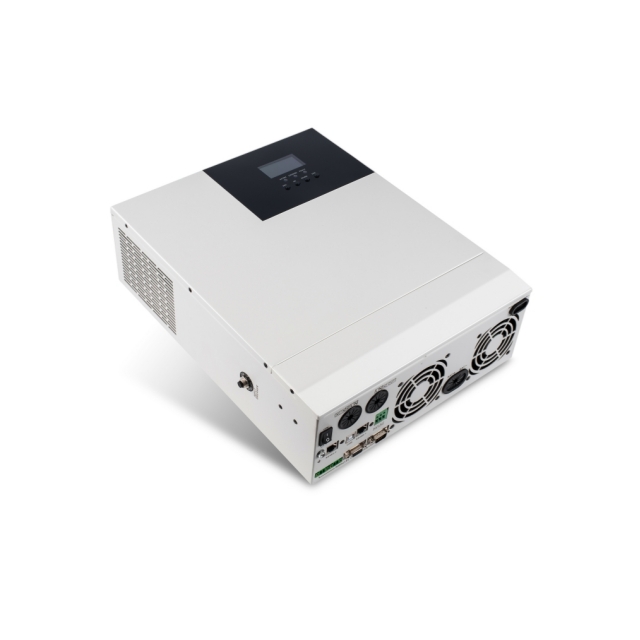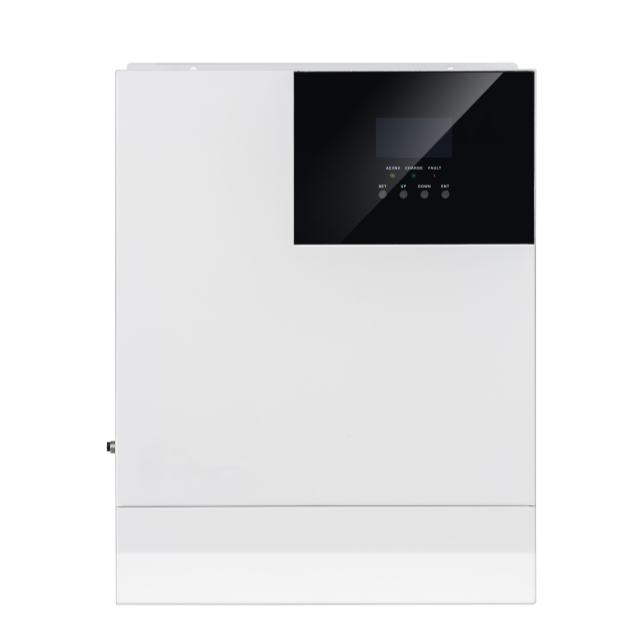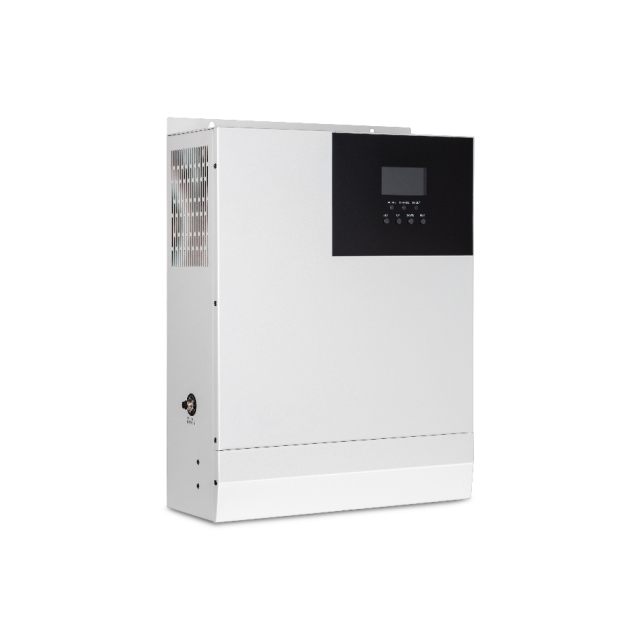Author:BLD Solar Energy SystemFROM:Solar System Converter Manufacturer TIME:2023-10-16
Off grid power inverters are essential devices for those who want to generate and utilize their own electricity independently, without relying on the traditional power grid. These inverters convert the DC power produced by solar panels, wind turbines, or other renewable energy sources into AC power that can be used to power household appliances and devices. However, mastering the installation and usage of off grid power inverters can be a daunting task for beginners. In this article, we will provide a comprehensive guide to help you navigate through the process.

Before diving into the installation and usage of off grid power inverters, it is important to understand how they work. Off grid power inverters are typically categorized into two types: pure sine wave inverters and modified sine wave inverters. Pure sine wave inverters produce a clean and stable AC output that closely resembles the power supplied by the grid, making them suitable for sensitive electronic devices. On the other hand, modified sine wave inverters are more affordable but may not be compatible with certain appliances.

Prior to installing an off grid power inverter, it is crucial to assess your energy needs. Calculate the total power consumption of your household appliances and devices to determine the size and capacity of the inverter you will require. Consider factors such as peak power requirements and the number of devices you wish to power simultaneously. This assessment will help you select an inverter that can handle your energy demands effectively.

With various brands and models available on the market, selecting the right off grid power inverter can be overwhelming. Consider factors such as the inverter's power capacity, efficiency, reliability, and warranty. Read reviews and seek recommendations from professionals to ensure you choose a reputable and suitable inverter for your specific needs.
Once you have chosen the right off grid power inverter, it's time to start the installation process. Begin by selecting an appropriate location for the inverter, such as a dry and well-ventilated area. Follow the manufacturer's instructions carefully for the wiring and connections. Ensure that all connections are secure and protected to prevent any accidents or damages. If you are unsure about the installation process, it is recommended to hire a professional electrician.
An off grid power inverter requires a battery bank to store the excess energy produced by your renewable energy sources. Select batteries that are compatible with your inverter's voltage requirements and consider factors such as capacity, maintenance requirements, and lifespan. Properly connect the batteries to the inverter following the manufacturer's guidelines to ensure optimal performance and safety.
To maximize the lifespan and performance of your off grid power inverter, regular monitoring and maintenance are essential. Keep track of the inverter's output, battery voltage, and any error messages or warnings. Clean the inverter regularly, ensuring that air vents and cooling fans are free from dust or debris. Regularly inspect and tighten all connections and replace any worn-out components as needed.
When dealing with off grid power inverters, it is crucial to prioritize safety. Ensure that all installation and maintenance activities are performed by qualified professionals or under their supervision. Follow proper safety protocols, such as wearing protective gear and turning off the inverter during maintenance. Keep children and pets away from the inverter and battery bank. Familiarize yourself with emergency procedures in case of any accidents or malfunctions.
Despite proper installation and maintenance, off grid power inverters may encounter issues from time to time. Some common problems include overload, short circuits, and low battery voltage. Refer to the manufacturer's troubleshooting guide to identify and resolve these issues. If the problem persists, contact the manufacturer's customer support or consult a professional electrician for assistance.
Mastering the installation and usage of off grid power inverters is a complex process, but with proper knowledge and guidance, it can be accomplished successfully. Understanding the fundamentals, assessing your energy needs, selecting the right inverter, and following proper installation and maintenance procedures are key to achieving a reliable and efficient off grid power system. Always prioritize safety and seek professional help when needed. With a well-installed and properly maintained off grid power inverter, you can enjoy the benefits of generating your own clean and sustainable energy.
